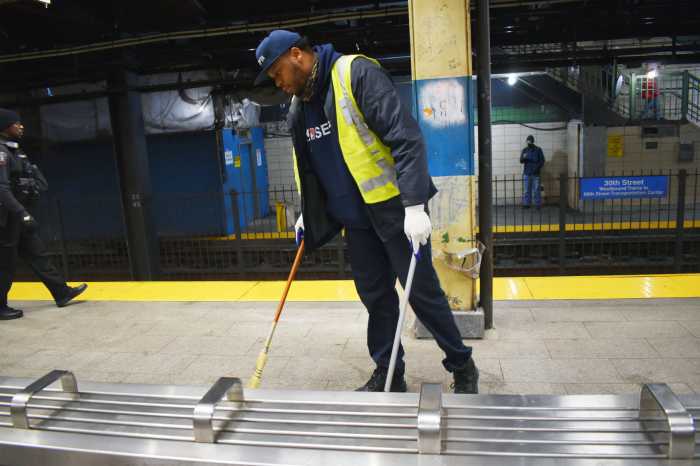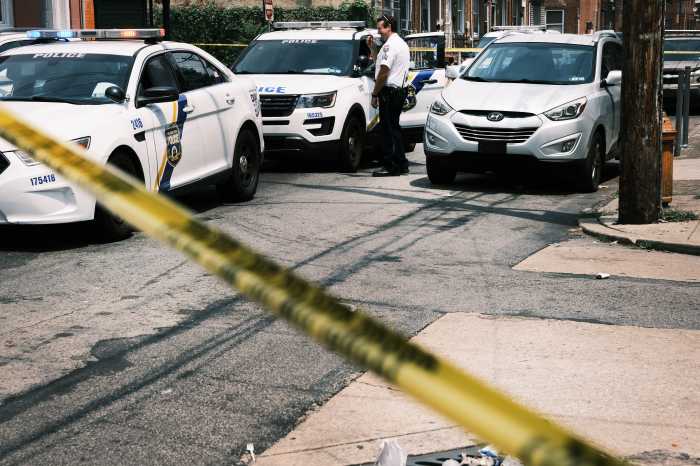SEPTA’s board is expected to vote next week on the Bus Revolution plan, which could kickstart the implementation phase of the authority’s first-ever bus network redesign.
If the proposal is approved, SEPTA leaders plan to launch a communication and engagement campaign early next year, with route changes beginning in the summer. Board members are set to weigh in at a meeting Thursday, Dec. 21.
Bus Revolution, as the project is named, began more than two years ago, and SEPTA planners have revised the draft network several times following rounds of public feedback.
The plan changes most routes, eliminates some, and introduces others. In total, the number of routes would decrease from 125 currently to 106, with on-demand transit zones in the suburbs.
There would be 44 frequent routes – meaning buses that come every 10 or 15 minutes most of the day – compared to 33 now. Maps and information on route-by-route changes are available at septabusrevolution.com.
“These changes are designed to make the bus network more reliable, bring frequent bus routes closer to more people and jobs, and create a network that is easier to understand and use,” SEPTA CEO and General Manager Leslie Richards said in a statement Monday.
Bus Revolution is revenue neutral, so SEPTA officials have said it is not service increase or cut.
In response to a series of hearings in September, the authority’s planners released their final recommendations Monday. There are changes – mostly minor – to about 17 routes from the draft SEPTA unveiled in the fall.
Previously, the authority had proposed eight on-demand areas in suburban communities with low bus ridership. That number has been reduced to six, with SEPTA cutting the Painters Crossing Concordville and Phoenixville zones, in favor of traditional bus routes. In the zones, people will be able to request a ride on-demand to another location within the same zone.
In another significant change, Route 49, which had been slated to cross the Schuylkill into West Philadelphia at Spring Garden Street, has been rerouted to its current configuration, utilizing 21st and 22nd streets into Center City.
In Northeast Philadelphia, Route 67 had been destined for Olney Transportation Center in earlier drafts, but planners, in response to concerns from riders, have reinstated Frankford Transportation Center as its terminus.
More than 99% of residents who live within a quarter mile of a bus route currently will remain that close under the new network, according to SEPTA.
SEPTA set out to overhaul the region’s network after bus ridership dropped 15% between 2013 and 2019. The network had not been redesigned since the authority was formed in the 1960s.
The Dec. 21 board meeting is scheduled to start at 3 p.m., and members of the public can attend in-person or through WebEx and register to speak. For more information, go to septa.org and select SEPTA Board under the About tab.





























